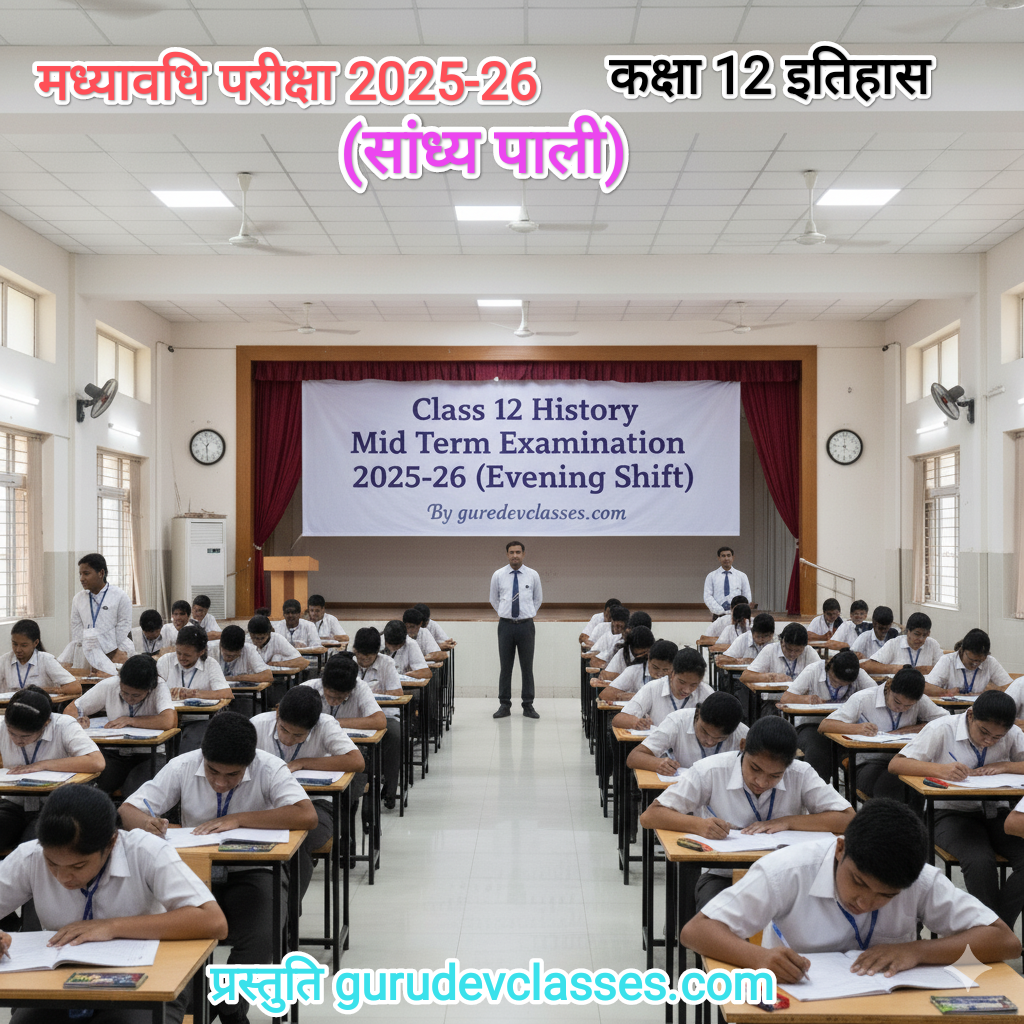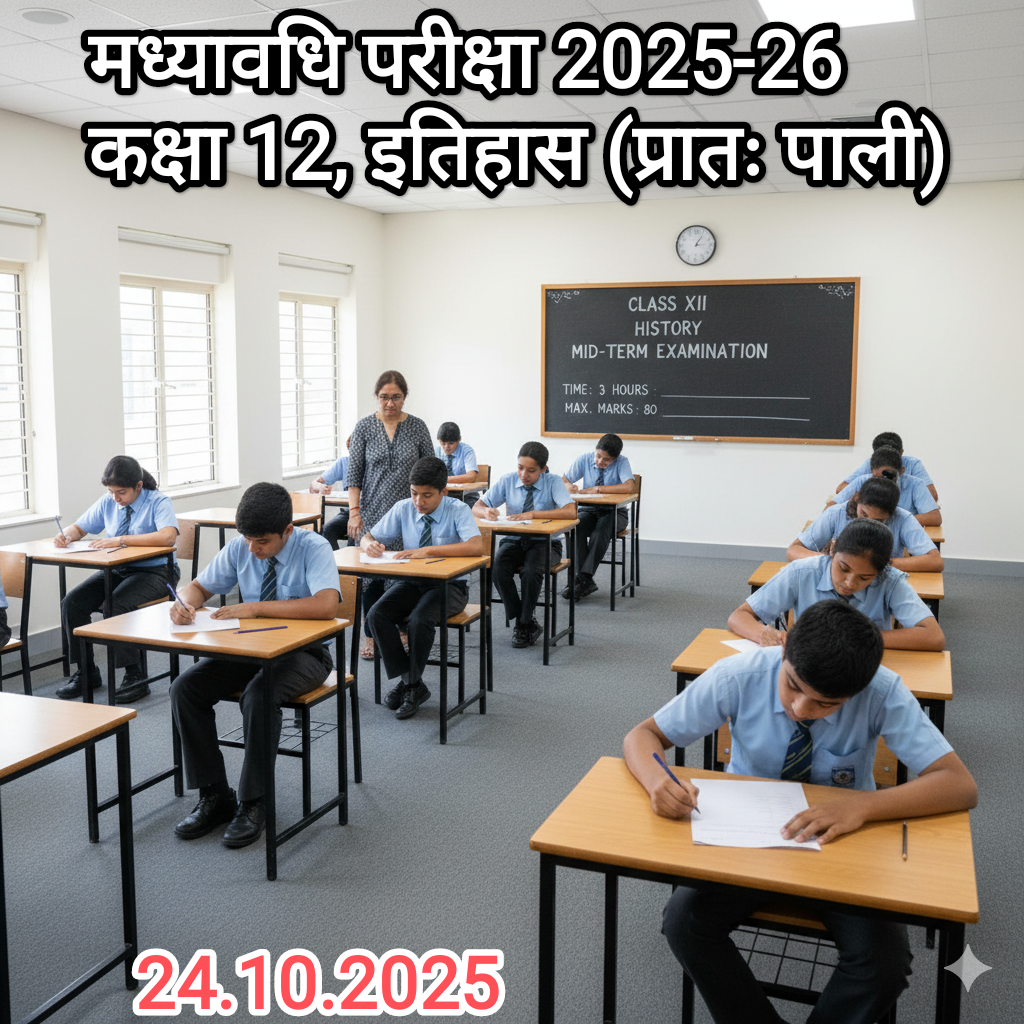
Focus: Rise, expansion, administration, and impact of the Mongol Empire under Genghis Khan and his successors.
1. Central Asian Steppes: Geography and Environment

Location: Vast grassland belt stretching from Hungary in Europe to Manchuria in East Asia.
Climate: Harsh, cold winters and dry summers; unsuitable for settled agriculture.
Ecology: Semi-arid, treeless plains; dependent on herding (sheep, goats, horses, cattle, camels).
Mobility: Entire population practiced transhumance – seasonal migration for pasture.
Shelter: Lived in yurts (felt tents) that could be dismantled and moved.
Nomadism was not primitive—it was a well-adapted survival strategy in a tough environment.
2. Social and Political Organization of Mongol Tribes

Clan-based society: Kinship ties defined power and loyalty.
Chieftainship (Khanate): Tribal leaders chosen based on bravery, military skill, and consensus.
Loyalties were fluid: Alliances could shift due to feuds, marriages, or conquests.
Women’s role: Women like Genghis Khan’s mother and wife played key roles in family alliances and diplomacy.
Important: There was no single, centralized authority before Genghis Khan united them.
3. Early Life of Genghis Khan (Temujin)

Aspect Details
Birth c. 1162 in the Borjigin clan
Father Yesugei, tribal chief; poisoned
by rivals
Early Hardships Family ostracized; lived in
extreme poverty
Rise to Power Gained support via charisma,
bravery, and strategic
marriages
Title “Genghis Khan” Conferred in 1206 by Quriltai
(assembly of Mongol tribes);
means “Universal Ruler”
Genghis Khan built alliances across tribes, often through marriage diplomacy and gift-giving.
4. Military Genius of Genghis Khan

Organization:
Decimal system: Units of 10, 100, 1000, 10,000 (Tuman).
Army was multi-ethnic: Turks, Uighurs, and others were included.
Promotion based on merit and loyalty, not lineage.
Strategy:
Use of spy networks, surprise attacks, and psychological warfare.
Known for speed and mobility (entire army on horseback).
Carried raw meat under saddles, ate on the move.
Used feigned retreats, encirclements, and massacres to break resistance.
Brutality was a political tool—it forced cities to surrender without battle.
5. Major Conquests of Genghis Khan
Region Timeline Details
Northern China 1211–1215 Captured Beijing; used
(Jin Dynasty) Chinese siege
techniques.
Central Asia 1218–1221 Defeated Khwarazm
Shah; massacres in
Bukhara, Samarkand,
Nishapur.
West Asia 1220s Ravaged Islamic cities; (Iran, Afghanistan) destroyed irrigation,
libraries.
Russia Not directly by Genghis, but
(Kipchak Steppes) initiated invasion.
Key Feature: No looting of surrendering cities. Massacre only if resistance was shown.
6. Governance and Administration
Though Mongols were illiterate, their empire was highly organized:
Yam system: Relay posts every 25-30 miles; used for communication and intelligence.
Postal Passports (Paizi): Allowed free and safe travel for merchants and officials.
Appointed local administrators but kept final authority with Mongol rulers.
Tolerated and protected religious diversity: Islam, Buddhism, Christianity, Shamanism.
Economic Policies:
Imposed low taxes on trade to encourage commerce.
Revived and protected Silk Route.
Minted coins, issued paper currency (especially under Kublai Khan).
Resettled craftsmen, engineers, doctors, and scholars to imperial cities like Karakorum.
7. Division of the Empire After Genghis Khan (Post-1227)
Khanate Region Ruler
Yuan Dynasty China Kublai Khan Ilkhanate Persia Hulagu Khan
Golden Horde Russia Batu Khan
Chagatai Central Asia Chugatai (2nd son)
Khanate
Genghis Khan’s grandsons and descendants governed autonomously.
Coordination happened during Quriltai meetings, especially for joint invasions.
8. The Mongol Impact on World History
Positive Contributions:
Connected Europe to Asia via land routes.
Facilitated exchange of ideas, trade, and diplomacy.
Spread of technologies: gunpowder, papermaking, printing.
Spread of religious tolerance in otherwise intolerant times.
Urban revival: Cities like Samarkand, Baghdad, Karakorum, and Beijing flourished.
Destructive Aspects:
Massacres in cities (e.g., Nishapur, Herat, Baghdad).
Destroyed irrigation systems in Mesopotamia.
Responsible for displacing populations and collapsing entire economies.
Spread of Black Death (bubonic plague) via trade routes from China to Europe (1340s).
9. The Mongols and India
Mongols invaded northwest India several times between 1221 and 1320.
Iltutmish refused asylum to Khwarazm Shah fearing Mongol retaliation.
Alauddin Khalji successfully repelled Mongol invasions (e.g., under Duwa Khan).
Mongols never established a permanent base in India.
10. Legacy of Genghis Khan
Region View point
Mongolia Hero, nation-builder,
symbol of unity.
Chinna Mixed: Oppressor and
stabilizer.
Islamic World Seen as barbaric and
destructive.
Europe Viewed with awe, fear, and
fascination.
Modern Historians Recognize his role in
globalization, trade, and
governance.
11. Glossary (High-Level Terms)
Term Meaning
Nomadism Lifestyle based on seasonal
movement for pasture.
Quriltai Grand council of Mongol chiefs. Tuman Army division of 10,000 soldiers. Paizi Official pass used by Mongols to
allow travel.
Karakorum Capital of the Mongol Empire
under Genghis Khan.
Yam System Relay postal system with horses
and outposts.
12. Important Thinkers and Sources
Rashid al-Din: Wrote Jami al-Tawarikh (Compendium of Chronicles), commissioned by Ilkhanid rulers.
Marco Polo: Venetian traveler who visited Kublai Khan’s court; praised Mongol roads.
Ibn Battuta: Noted the Mongol impact in Central Asia.
Persian and Chinese chroniclers: Provide vivid details of Mongol campaigns and administration.
Final Analysis
The Mongol Empire, under Genghis Khan, reshaped the medieval world.
Though feared for its destructive conquests, it was also a unifying force, promoting trade, law, and cross-cultural exchange.
Their story is essential to understand globalization before modern times.







Thanks for sharing the information with us.